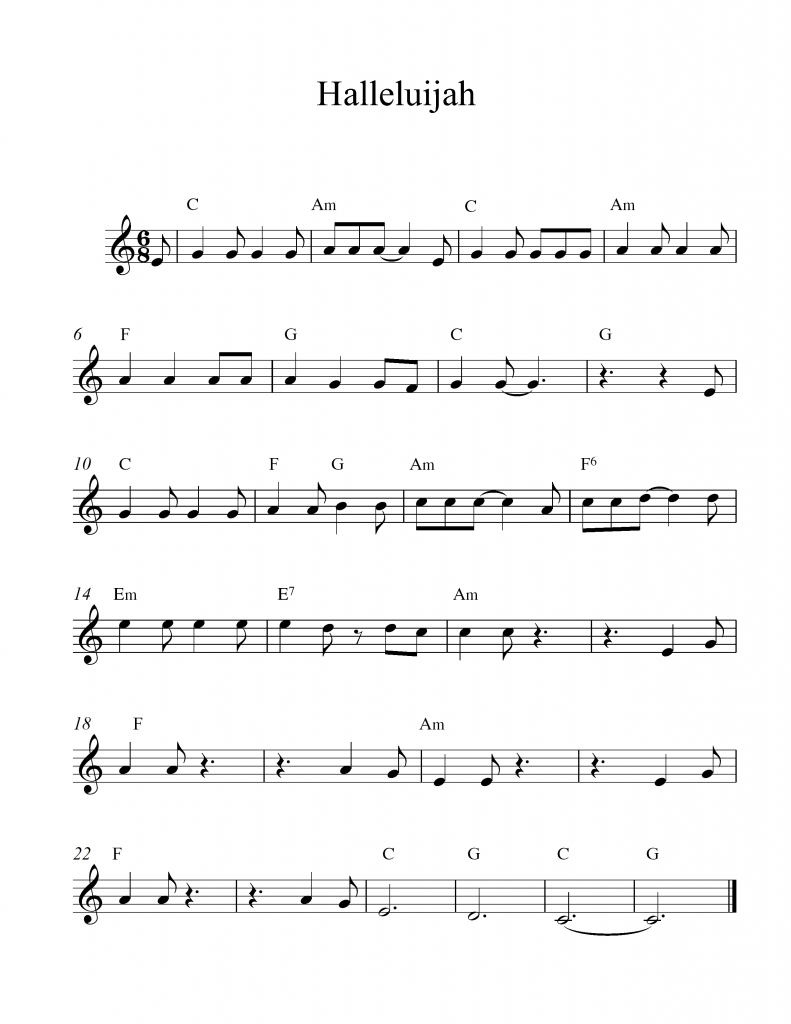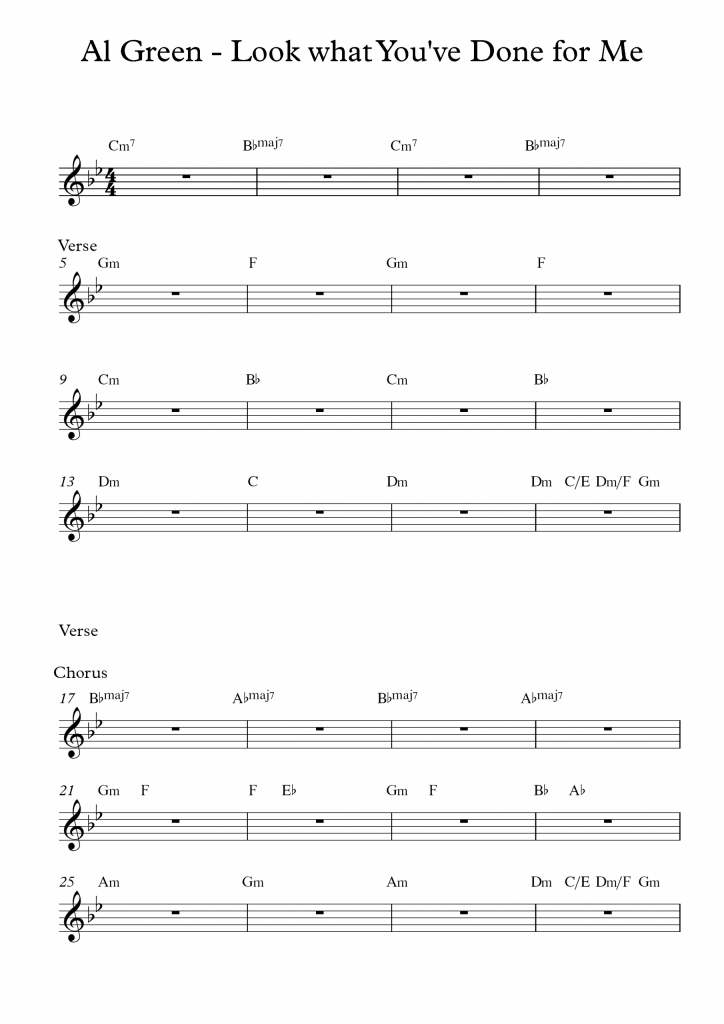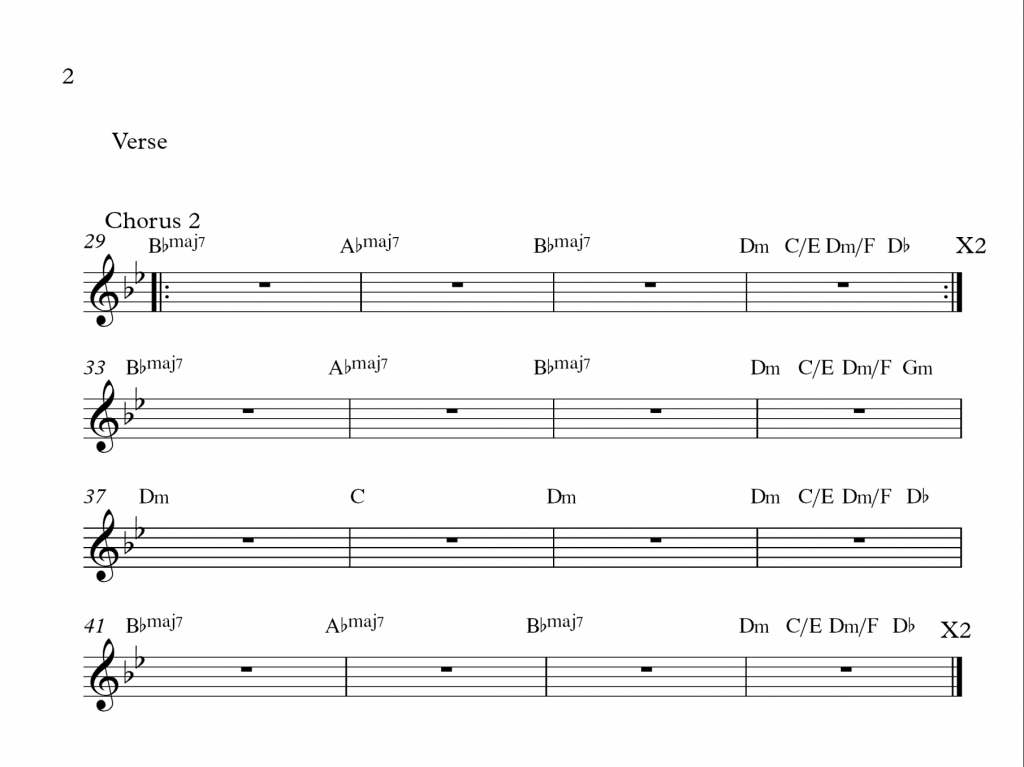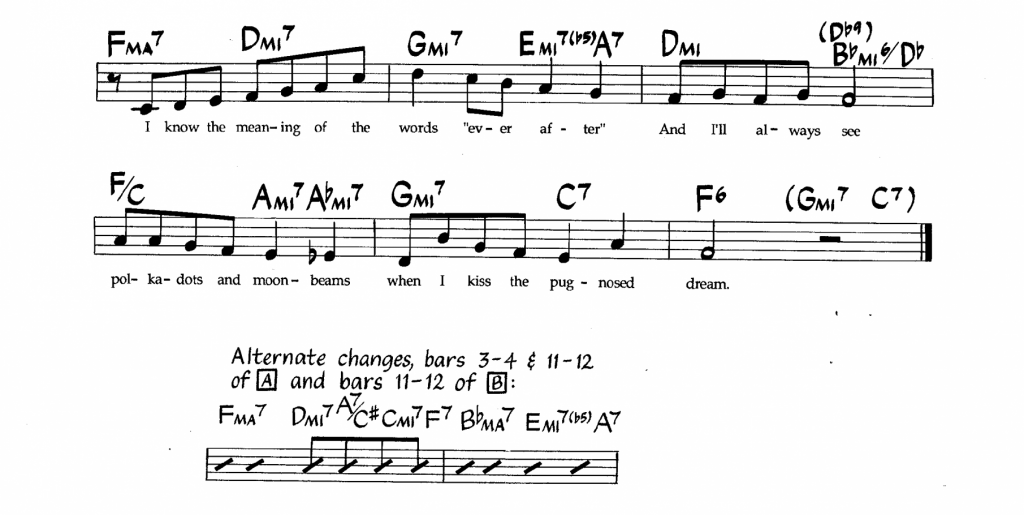Change the way you listen to music, course prep, set up
Lesson goal: Start to practice active listening, get prepared and set up for following lessons.
Do you listen to music? How often? What do you do when you listen to music? Are your eyes open or closed? What do you think about?
Today’s world is filled with music. Great! Actually, not really… Stepping out of my home I am instantly surrounded by music – a teenager going down the street with a Bluetooth speaker, a car going by with loud music, a café or bar with open doors and a DJ, the radio at the doctor’s office, and the list goes on. How could I possibly listen to all of this at once? I can’t! I can merely hear this music as it blends in to a busy soundscape. Be it music I love or hate, it is no longer music for me but instead pollution. Do you feel the same way?
I don’t want to deter you from listening to music. If you need to listen to music to do your homework, listen to music to fall asleep at night, or crank your car radio as you drive slowly through a parking lot so that you feel cool, then sure – be my guest. What I want to say is that there is a time and a place for background music and passive listening and when it comes to studying music and transcription we need to listen to music differently.
Four ways to practice active listening
1) Listen for different instruments and when they enter. Try to follow each instrument through the entire piece.
Rinse the Algorithm – As if Sleepwalking with Headphones on
Audio 1.1 (full song in Lesson 1 Audio shared folder)
Synthesizer (arpeggiator), piano + ride cymbal, bass, Saxophone
Mode Plagal – Carols
Audio 1.2
guitar, congas, drums (cymbal), bass, Saxophone
2) Hear elements of form – verse, course, bridge, A section, B section, C section etc…
Eliso Bolkvadze – Rondo Alla Turca (Motzart)
Audio 1.3
0.00 AA,B,A’,B,A’,
0.45 CC(transition),
0.59 DD,E,D’,E,D’,
1.42 CC,
1.56 AA,B,A’,B,A’,
2.40 C’C’,
2.54 G(coda)
Chaka Khan – So Naughty
Audio 1.4
0.00 Intro,
0.17 Verse 1
0.35 Chorus 1
0.55 Verse 2
1.15 Chorus 2
1.35 Bridge
1.55 Chorus 3
2.16 Breakdown
2.55-end Chorus 4
3) Listen for harmonies (chords) and when they change
Leonard Cohen – Hallelujah
Audio 1.5
Al Green – Look What You Done for Me
Audio 1.6
4) Listen to the melody and it’s general motion. Try to determine when it changes direction.
Chet Baker Quartet – Polka Dots and Moonbeams
Audio 1.7
Assignment 1.1
Make a playlist with 5 songs that you really like (use youtube and an online converter if you don’t own them) and actively listen to them for 10-20 minutes EVERY day (no more no less). Do NOTHING but listen to the music. Do not eat, go for a walk, look out the car window, view the associated youtube video. Take this assignment seriously. If you cannot actively listen to music you cannot transcribe music.
I know this may seem sort of easy and useless, especially if you are the type of person who always listens very actively to music, but practicing regular active listening is essential towards a long-term development of musical vocabulary and awareness.
Aside from this assignment here are some more preparations for the following lessons you should do:
Theory Check
One thing that you will need for this course is a basic knowledge of music theory.
What you will need to know:
By the 2nd lesson:
-know how to write and locate notes on the treble staff (including sharps and flats)
By the 3rd lesson:
-know what a measure (bar) and a time signature is
-know the basic note and rest values. (Whole, Half, Quarter, Eighth, Sixteenth, dotted notes/rests, ties, tuplets)
By the 4th lesson:
-know how to write and locate notes on the bass clef
By the 5th lesson:
-know what a key is and have some fluency with all your major and minor scales
-know how to build major and minor chords
-know the basic chords in a given key (I ii iii IV …)
If you are not familiar with this material there are a lot of resources such as teoria.com, ‘Music in Theory and Practice’ (textbook by Bruce Benward & Marilyn Saker), Perfect Ear App (ios) (android), or alternatively I would be happy to teach it to you.
Ear training Check
Transcription and ear training go hand in hand so if you have done any ear training that is great and it will help with transcription. If you haven’t don’t worry – you will actually be training your ears subconsciously during transcription. I would however recommend:
Assignment 1.2
Spend an extra 10-20 minutes every day this first week working each day on each of the three exercises:
i) Work on distinguish major and minor triads (Harmonic (all notes played simultaneously) root position only is fine for now)
ii) Work on notating rhythms comprised of (dotted) half, quarter, eighth notes and their corresponding rests (listen to a rhythm then notate it – rhythmic dictation)
iii) work on identifying chord progressions in major and minor keys (I IV V and i iv V progressions are great for a start)
For these exercises I would recommend choosing one of the following mediums:
teoria.com – for i) ii) and iii) has customization filters,
myeartraining (android) (ios) – for i) ii) paid version for iii),
chordprog (android) – for i) ii) and iii) – (ios) version just for iii) – both great for iii)
Perfect Ear App (ios) (android) – for i) ii) and iii)
And if you are more serious about working on ear training in a more systematic way earmaster is the way to go, however their courses go beyond the requirements of this course.
If you are a complete beginner do not feel that you need to have all these Theory and Ear training prerequisites completed before continuing with the course. If you have the time you can even work on some of them concurrently alongside the course material.
Workspace
The last thing you will need to set up is your workspace.
- A decent set of headphones or speakers with a reasonable frequency response. No laptop/smartphone speakers! Do not listen to music at high volumes for long periods of time!
- A device to play music (mp3 format), run software and store files; a phone, tablet or computer.
- Staff paper to write music on or alternatively notation software like sibelius, finale or musescore (If you are new to notation software use musescore since it is light and free). Make sure that you are as fluent in the software as you are in writing music by hand; do not let the software slow you down. More on software in Lesson 7.
- Some sort of transcribing software. You can get software on your computer but I would recommend using a smaller hand-held device. Out of the following software I recommend either paying for Amazing Slow Downer or Transcribe!, or using a combination of Audipo, Uptempo and Anytune.
| Software | compatibility | Speed control | Pitch control | EQ | looping |
| Audipo Has a nice big seek bar and is good for looping |
Android | yes | By semitone
Pro only |
Yes 1 min only in demo | Yes |
| ios | yes | no | no | yes | |
| Uptempo | android | yes | By 10¢
increments |
Bass cut in pro | yes |
| Anytune | ios | yes | By semitone | Yes first part of song only in demo mode | yes |
| Amazing Slow Downer | Android ios | yes | continuous | yes | yes |
| Mac, PC | yes | By semitone | yes | yes | |
| Transcribe! | Mac,PC | yes | continuous | yes | yes |
- A fully chromatic instrument at arm’s length is a must. Preferably a guitar, keyboard (a small midi controller with octave buttons is great) or any other chordal instrument. The bigger the instruments range the better. If you do not have an instrument you can use a virtual instrument such as VMPK piano (android) or piano from garage band (built in on ios)
- At least 20 uninterrupted minutes a day of quiet.
Materials
All necessary materials will be available to you via a Google Drive or Dropbox shared folder and will be organized by lesson. Some material can also be downloaded/streamed directly from this site. Materials are for personal use and are not to be redistributed. I have also included supplement materials including full length versions of each piece of music, images/pdfs of in lesson demonstrations, scores and more.
Assignments
Each lesson will have assignments that are to be completed in the order that they are assigned after you have gone through the lesson. Lesson content should take upwards of 30 minutes/lesson to go through – most requiring an hour or more. Assignments will require additional time. Ideally the course is to be completed in 8 weeks assuming 40 minutes a day of work. It is possible to complete the course in more time – like 16 weeks and 20 minutes a day – but it is advised to spend at least 1 week on each lesson. If you want to get the most out of the course you will likely need to spend upwards of 40 minutes a day to complete the assignments and become comfortable and efficient with the various techniques and decision making involved in transcription. In this case it is best to divide your day into 2 or 3 sessions.
If you find some of the assignments challenging do not fret. They are meant to be difficult. Their aim is to prepare you for the many challenges of transcribing music so that after the course as you continue to transcribe music you find interesting, you will be better equipped to deal with certain obstacles. Also remember that transcription and the associated aural skills take time to learn and develop so even if by the end of the course you still feel unsure about what you are hearing know that with continued experience and effort things will become clearer and your ears will pick out things they never used to. Make sure to give an honest effort to every assignment before you check solutions.
Other notes
For both demonstrations and assignments I have tried to include a variety of music; some music I like, some music that I don’t particularly care for, some of it music that is popular and well known and some that is rare and niche. I have also tried to include a variety of instruments so that the course is appropriate for all instrumentalists (and singers). The only exception being that there is nothing specific about transcribing drum beats or other percussion and there is a focus on pitched instruments. Throughout the course I will mention various musical terms without necessarily explaining/defining them. Usually these terms will not be necessary to understand the lesson material, however, if there is a term that is confusing you, I urge you to look it up online or reach out and contact me. Remember this is not a course in music theory or history.




